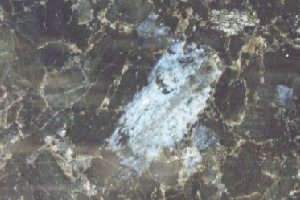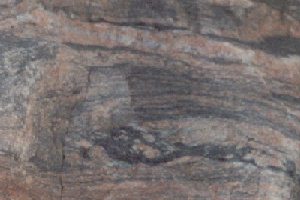Granite - several varieties. Grey, pink or red in colour. Hard. Comes from Scotland, Scandinavia or the Lake District.


Mike Horne FGS
Pebbles on the beach
Rocks and fossils you can find on the Holderness Coast.
If you walk along the beaches of Holderness you can find a wide variety of minerals, rocks and fossils. We are very lucky because the Ice Age glaciers brought these rocks to us and deposited them when the ice melted some 12000 years ago. So, this makes it an ideal place to start studying geology and collecting.
One word of warning though - the rocks look a lot nicer when they are wet, often when they dry out the roughness of the surface caused by the abrasion on the beach makes them look dull and less interesting. If you want to recapture the original colours you could varnish them or polish them in a rock tumbler (if you have one).
Here is a quick guide to some of the more common minerals, rocks and fossils -
Minerals :
Quartz - very hard, comes in many varieties - white and yellowy/orange are the most common.
Jasper - another form of silica, bright red when wet, hard.
Pyrite - metallic brassy appearance, known also as 'fools gold', feels heavy.
Rocks :
Igneous Rocks : hard crystalline rocks, formed from molten lava:-
Granite - several varieties. Grey, pink or red in colour. Hard. Comes from Scotland, Scandinavia or the Lake District.


Larvikite - grey-blue when wet, quite hard, comes from Norway.
Porphyry - larger oblong or diamond shaped crystal in finer grained rock, often yellows in red/purple, some come from Norway.
Basalt - black, hard, cannot see individual crystals without a hand lens.
Sedimentary rocks : made from recycled grains of sand, minerals and fossils:-
Sandstones - made mainly of grains of quartz (like the sand on the beach today) cemented together. Can be white, cream, grey, brown or red.
Limestones - Made of calcium carbonate (fizzes if you put a drop of weak acid, like vinegar, on to it). Can be dark grey Carboniferous limestone - look for polishing and scratches on these from the action of the glacier during the Ice Age. Can also be Jurassic oolitic limestone - buff coloured and looks like fish eggs.
Chalk - softish, white, limestone, Late Cretaceous in age, can be seen forming the cliff of the Flamborough area .
Flint - hard, sometimes with a chalky outer layer. Can be grey, black, red or brown.
Coal - black, softish. Also look form Jet from the Whitby area.
Metamorphic Rocks: these have been altered by heat and pressure:-

Gneiss- pronounced 'nice', with dark and pale bands, sometimes folded.
Augen gneiss-dark grey rock with pink eye-shaped crystals (this has been brought here recently as part of the seas defences.)
Fossils:
Gryphea - also known as "devil's toe nails", oyster-like bivalves with very tough shells.
Ammonites - coiled ornamented shells, with internal chambers.
Belemnites - thought to be "thunderbolts", bullet shaped internal skeletons of a squid-like creature. The colour is an indicator of the age - dark grey ones are Jurassic, paler grey ones early Cretaceous and toffee brown ones are from the Cretaceous Chalk.
Cardinia - a mussel-like bivalve.
Corals - appear as spots or lines in dark Carboniferous Limestone, but look at them more closely with a magnifying glass if you have one.
Crinoids - sometimes called 'sea lilies', they could be described as being a starfish on a stem. We usually find small bits of circular or star-shaped stem.
Plant roots - black roots can be seen in some white Middle Jurassic sandstones.
Holderness Geology - http://www.hullgeolsoc.co.uk/holdhome.htm
copyright Mike Horne - October 2024
Hull Geological Society Home Page Geology Courses Homepage